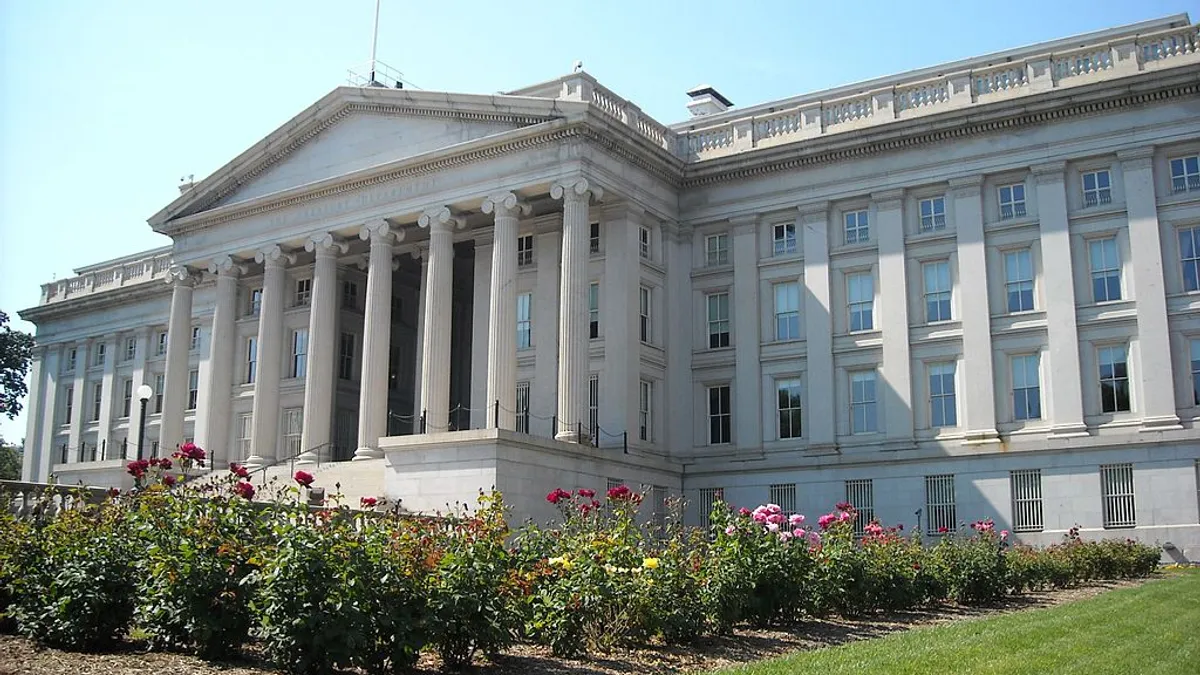Dive Brief:
- The Department of Transportation this week released safety guidelines for the transit and production of Highly Automated Vehicles as the "digital era reaches deeper into transportation."
- The guidelines for Highly Automated Vehicles recommends best practices for the design, development, testing and deployment of such vehicles. However, the agency sought to create guidelines that would not limit the technology to specific designs or testing methods and left significant regulatory responsibility to State governments.
- In an opinion piece for the Pittsburgh Post-Gazette, President Obama notes the government is asking manufacturers to "sign a 15-point safety checklist" so "when a self-driving car crosses from Ohio to Pennsylvania, its passengers can be confident that other vehicles will be just as responsibly deployed and just as safe." He also announced a conference on the topic to be held in Pittsburgh October 13.
Dive Insight:
The release of the new guidelines and the reactions that followed highlighted a typical dilemma faced when government regulates technology: too much regulation may hamper the pace of innovation, but too little may lead to safety concerns.
Self-driving cars are, overall, an exciting technology but with various companies — from Ford to Uber —simultaneously attempting to bring driverless automobiles to the market, mistakes are likely. Just look at Tesla's fatal autopilot tragedy for an example of what can go wrong.
For that reason, the Obama administration cleverly passed the buck onto states to make the hard regulatory choices such as liability for crashes and licensing, according to Politico whose reaction recap brings together various perspectives.
Despite concerns over slowed innovation, however, the regulations are extremely important for the technology to move into commercial space. Simply, if the technology is to be deployed within commercial trucks, the vehicles must be able to cross state boundaries. The federal guidelines serve as a baseline for this to be possible and now States can use it as a launch pad for their own regulations.
Automated vehicles are coming, soon, so the release was pivotal in ensuring the legal infrastructure is in place by the time driverless commercial vehicles are widespread.














